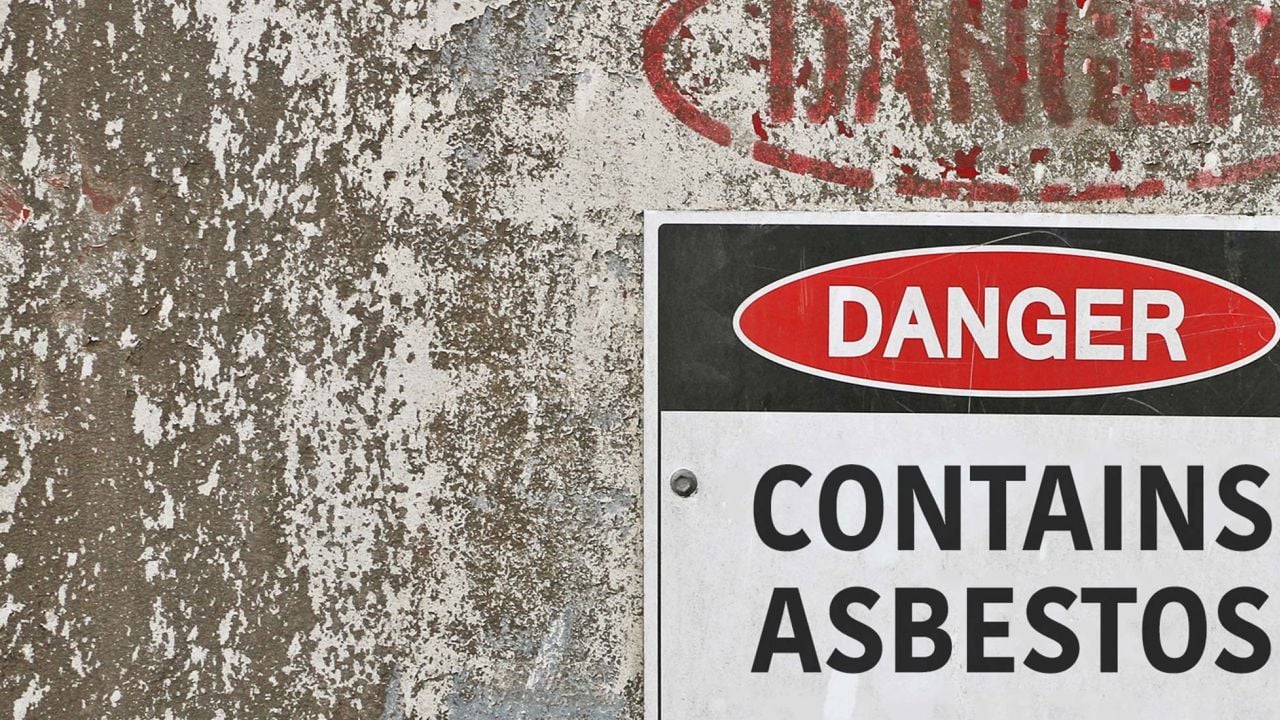
Read EWG statement: EWG Applauds Today’s Action by House Panel on Landmark Asbestos Legislation
Download a PDF of this report and statement
Asbestos Deaths: 10,000 per year and increasing
Asbestos kills an estimated 10,000 people in the United States each year, and the number of deaths is increasing. More people die from asbestos diseases annually than from skin cancer, or from fires, drowning, and Hodgkins disease combined. Asbestos mortality is not expected to peak until around 2020, and will continue for decades as exposures from products in use today as well as deteriorating older products in homes and businesses, kills thousands of unsuspecting people. If asbestos were banned today, the public health tragedy of asbestos mortality would continue for at least another 50 years. Delaying a ban is inexcusable, and will only prolong and add to this needless injury and death. The root of this disaster was the willful use of asbestos by companies who knew full well that asbestos was killing workers and end users of their products, but did nothing to stop it, and in many cases aggressively fought any constraints on asbestos use and product manufacturing. Industry documents proving these willful actions are the backbone of court decisions that have supported the compensation of hundreds of thousands of victims of asbestos disease, and their families. As put by one industry insider:
"The documents noted above, however, show corporate knowledge of the dangers associated with exposure to asbestos dating back to 1934. In addition, the plaintiffs' bar will probably take the position -- not unreasonably -- that the documents are evidence of a corporate conspiracy to prevent asbestos workers from learning that their exposure to asbestos could kill them."
— Memo from a trustee of the Manville Trust, 1988
The complete disregard of an industry for its workforce is put more succinctly in the following 1966 quote from the Director of Purchasing for Bendix Corporation, now a part of Honeywell:
"...if you have enjoyed a good life while working with asbestos products, why not die from it."
— 1966 Bendix Corporation letter
The threat is real—Asbestos still in children’s toys
Because asbestos is not banned in the U.S., it can legally contaminate or be used in thousands of commercial and consumer products, including toys. In December, 2007, the Asbestos Disease Awareness Organization (ADAO) reported the results of an exhaustive 18-month scientific study testing hundreds of consumer products for the deadly cancer-causing chemical asbestos. The findings were extremely troubling. One product, the popular children’s toy—Planet Toys CSI: Crime Scene InvestigationTM Fingerprint Examination Kits—had high levels of asbestos in some samples of the fingerprint dust children put directly on their fingers and likely breathe into their lungs when the dust goes airborne. Children are directed to blow the asbestos contaminated dust to reveal the fingerprints. The type of asbestos detected in these kits, tremolite, is one the most lethal forms of asbestos and is the same deadly asbestos fiber contained in products made from ore mined at the notorious W.R. Grace mine in Libby, Montana. Tremolite asbestos, like that found in CSI: Crime Scene InvestigationTM Fingerprint Examination Kits, has killed scores of people in Libby, many who never worked in the mine itself. Any amount of this fiber in a children’s toy, particularly in a powder that is highly likely to be inhaled, is completely unacceptable and unnecessary. A single exposure to tremolite is sufficient to cause fatal mesothelioma or lung cancer later in life. Major retailers ultimately pulled this toy from the market, but without changes to current law there is no way to ensure that asbestos will not continue to contaminate other children’s toys.
Asbestos is still not banned
Most people assume that asbestos is banned, but it is not. Although many individual product uses have been controlled by the Consumer Products Safety Commission, an estimated 1.5 million pounds of asbestos is contained in products sold every year in this country. The EPA tried to ban asbestos in 1989, but the severe limitations in EPA powers under the Toxic Substances Control Act proved overwhelming, and the agency was unable to prohibit the use of what is arguably the most potent cancer causing substance ever introduced into commerce anywhere in the world.
Not just workers at risk
It is generally assumed that asbestos disease and death is a workplace issue, but up to one quarter of all asbestos disease appears to occur in families of workers or people who were exposed passively, through the presence of asbestos in the building where they work, products they use, through home repairs that disturb asbestos in older homes, or through other background environmental exposure. This broader risk to the general public is well known and has been established for decades. The insurance industry in particular has acknowledged the non-occupational public health risk of asbestos for many years:
“Control of asbestos in the community air is impossible when you consider the contribution from brake linings, agrasion of piping, house siding or other materials handled by the general public.”
— The Travelers, Internal Memo, 1969
A complete ban is necessary and justified
Nothing short of a ban will be sufficient to protect the public health because very short exposures to very small quantities of asbestos produce quantifiable injury that often leads to fatal asbestos cancers decades later. Again, from internal industry documents:
“The undisputed medical facts are that actual bodily injury, in the form of tissue damage caused by lodged asbestos fibers, begins shortly after such fibers are first inhaled.”
— Pittsburgh Corning Corporation, 1984
"... insult to the body occurs at the first inhalation of asbestos ..."
— The Travelers Ins. Co. Statement, 1981
Fatal mesothelioma in the families of asbestos workers is the most well-described and prevalent form of non-occupational asbestos mortality. Mesothelioma is unique among asbestos cancers in that it can be caused by very short-term exposures. In approximately three percent of cases, mesothelioma is diagnosed in workers with less than three months exposure; the shortest on record is 16 hours (Leigh 2003). One review describes mesothelioma in a person who reported his total lifetime asbestos exposure as one day of sawing up asbestos cement sheets to build two sheds.
